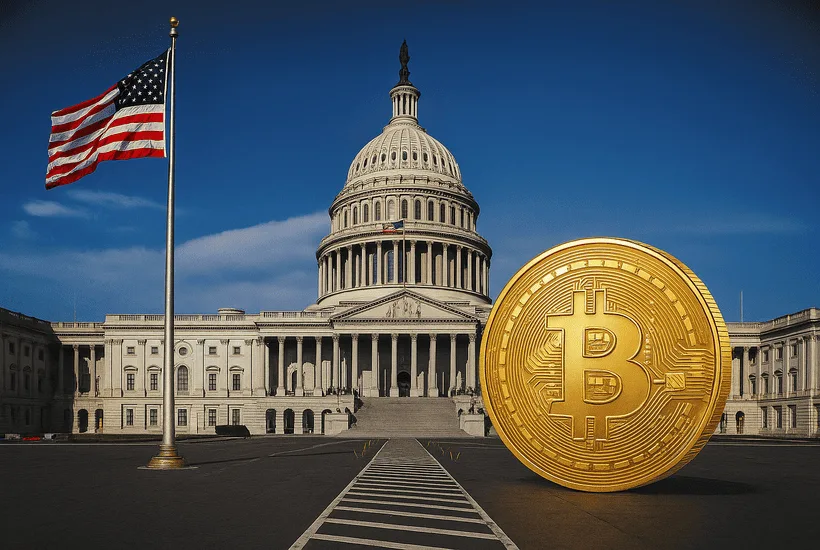- Top crypto executives met with both Democratic and Republican senators to discuss the Market Structure Bill on October 22, 2025.
- Democrats emphasized stronger anti-money-laundering (AML), illicit finance, and decentralized finance (DeFi) oversight.
- Republicans pressed for a swift bipartisan vote and less regulatory burden, exposing a sharp fault-line.
Executives from major crypto firms met with Senators from both parties on Wednesday to break through the impasse on the Market Structure Bill. On the Democratic side, lawmakers such as Kirsten Gillibrand (D-NY) pressed for robust DeFi-specific rules. Another one of the asks was for AML/KYC requirements for decentralized platforms.
Meanwhile, Republicans, represented by Tim Scott (R-SC) among others, emphasized urgency, warning that if the bill doesn’t move swiftly (by November) it risks collapse. Industry attendees, which included representatives from Coinbase to Chainlink, said that the meeting helped “reset the conversation”. But many admitted that major gaps were remaining, especially around regulator jurisdiction and timetable.
Newsletter
Get weekly updates on the newest crypto stories, case studies and tips right in your mailbox.
Differences between Democrats & Republicans on the Bill
Both sides agree on the broad goal of giving U.S. regulatory clarity to crypto markets, but their approaches differ widely. Among the major differences are how much power regulators get, how DeFi is treated, and what timeline is acceptable. Democrats want stronger safeguards around DeFi platforms, tighter regulatory clarity, and more explicit consumer/AML protections. They are also wary of industry influence and leaks of draft bill language.
On the other hand, Republicans are showing more urgency and are industry-friendly. They want to push to finalize the bill quickly. They worry that delays will derail the progress so far, and emphasize bipartisan credit rather than deeper structural changes.
The next course of action
As of now, the Market Structure Bill remains under development. Committees like the Senate Banking Committee have yet to finalize the draft language. Both parties have signaled willingness to engage, but major policy gaps and external factors, such as the federal government shutdown, pose delays.
From here on, Senate committees must reconcile party draft differences and put them into a single text. The bill must clear the Senate with more than 60 votes. If amended, then it must return to the house for approval. After passage by both chambers, the Bill will be placed before the President for his signature. The next few weeks will be crucial as they will determine whether the regulatory reform advances or stalls once again.













